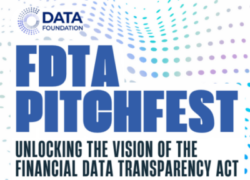Alan Morrison, senior research fellow at PwC’s Center for Technology and Innovation, interviews Dave McComb forstrategy+business about why IT systems and software continue to cost more, but still under-deliver. McComb argues that legacy processes, excess code, and a mind-set that accepts high price tags as the norm have kept many companies from making the most of their data.
Global spending on enterprise IT could reach US$3.7 trillion in 2018, according to Gartner. The scale of this investment is surprising, given the evolution of the IT sector. Basic computing, storage, and networking have become commodities, and ostensibly cheaper cloud offerings such as infrastructure-as-a-service and 
Why, then, do IT costs continue to rise? Longtime IT consultant Dave McComb attributes the growth in spending largely to layers of complexity left over from legacy processes. Redundancy and application code sprawl are rampant in enterprise IT systems. He also points to a myopic view in many organizations that enterprise software is supposed to be expensive because that’s the way it’s always been.
McComb, president of the information systems consultancy Semantic Arts, explores these themes in his new book, Software Wasteland: How the Application-Centric Mindset Is Hobbling Our Enterprises. He has seen firsthand how well-
intentioned efforts to collect data and translate it into efficiencies end up at best underdelivering — and at worst perpetuating silos and fragmentation. McComb recently sat down with s+b and described how companies can focus on the standard models that will ultimately create an efficient, integrated foundation for richer analytics.



